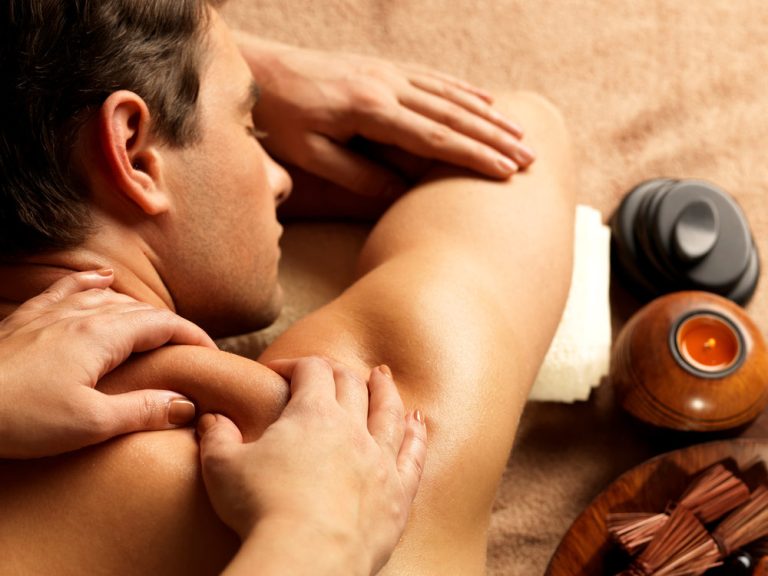Unfortunately, in the United States, there is still much that is not understood about sexual assault and sexual harassment. As a result, many organizations have been formed to represent the victimized community. They are called Title IV foundations, after the laws passed in 1996 by the United States Congress, Title VII of the Civil Rights Act, and the Sexual Assault Prevention Act of 1993. All three titles provide the United States with a comprehensive system of laws that address sexual harassment and assault in the workplace.
The first Title IV regulation prohibits employers from discriminating against employees on the basis of gender. As defined, Title IV focuses on the existence of a “hostile environment” for women. Under this provision, if an employer invites, prohibits, or limits women from engaging in certain employment-related activities such as equal opportunities, training, or protection against sexual harassment, the employer is guilty of a Title IV violation. Title IV also makes it illegal to discriminate against an employee on the basis of nationality or national origin, because some employees may feel alienated or fear that they will be unemployed if they work abroad.
Another Title IV regulation, regarding sexual harassment, punishes an employer who engages in a “hostile employment practice.” In other words, it punishes an employer who makes it clear that their company has zero tolerance for sexual harassment. This means that if you report or experience sexual harassment at your job, you must first inform your supervisor or someone higher up in the chain of command, which should take appropriate action. Failure to do so can lead to disciplinary action, up to and including firing.
However, Title VI of the Sexual Assault Prevention Act, which focuses on sexual harassment in the workplace, does not require proof of actual violations of a person’s rights. Instead, the government only has to determine that a reasonable person would believe that he or she was subjected to sexual harassment or sexual assault. For this regulation, a reasonable person might include the model you are working with, even if that person cannot actually accuse you of any wrongdoing. Therefore, if you report harassment or sexual assault in the modeling industry, you must be certain that the events actually occurred. Otherwise, you could be facing discrimination or a charge of “lying about” an incident, and that could lead to severe penalties or even the loss of your career.
If you’ve witnessed a sexual assault in the workplace, you may be able to file a charge under Title VII of the Civil Rights Act. The main provision of that Title is called the” center” clause, which means, “Any member of the group may sue in any civil action brought by any member of the group.” Therefore, if you were among one of the many women who believes that she was the victim of a sexual assault while working as a model, you could pursue a claim for damages against the company under the Title VII. While the actual text of the Title VII is rather short, it encompasses a wide variety of situations, including harassment or even assault and battery. That’s why a good employment law firm is an invaluable resource for understanding Title VII.
Another potential area of Title VII litigation involves situations where there was not any sexual contact in the workplace, but someone claimed that they received “verbal consent” or “verbal approval” for some type of conduct. Again, the key is knowing the relevant laws and the industries regulations. You should consult a qualified sexual harassment or sexual assault attorney who can assist you in determining whether or not your case has merit and will help you navigate the legal system. So, when you encounter someone who is acting inappropriately, take some time to consult with an employment law firm.



















+ There are no comments
Add yours